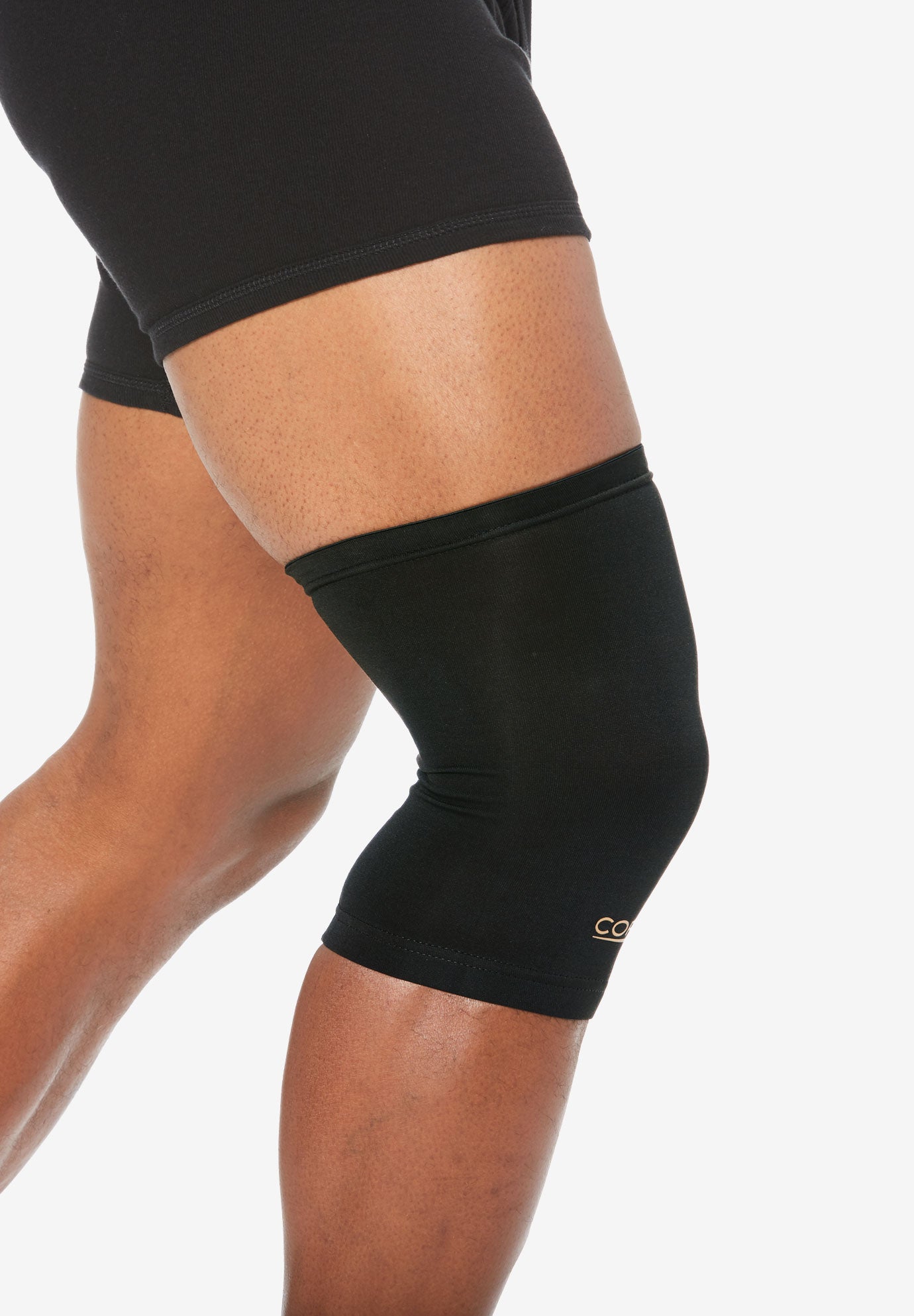

Therefore, the term paratenonitis describes inflammation of the outer later of the tendon only, regardless of whether the paratenon is lined by synovium. Tendons are covered by loose areolar connective tissue called the paratenon, which serves as an elastic sleeve to assist the tendon as it moves against surrounding tissue. The overall position of the arm should be checked to make sure that the elbow flexion crease is properly aligned and the CPM machine is being effective. The amount of flexion provided by the CPM machine may be increased by using folded towels underneath the forearm extension may be increased by using folded towels underneath the arm. Once the patient has worked on the ends of ROM, the CPM machine is run continuously. Achieving maximum flexion is oftentimes more difficult than achieving maximum extension. The same process is then repeated for flexion: patients use the CPM machine to flex the elbow as much as tolerated, then stop for 1 to 2 minutes in the flexed position, then try to regain a few more degrees, by “milking” the elbow. The patients best understand the rationale of this process by thinking that they are “milking” blood and fluid out of their elbow. This process of gaining progressive extension is continued until maximum extension is achieved. After 1 to 2 minutes in the stop position, blood and fluid have been squeezed out of the soft tissues and patients are typically able to get a few more degrees of extension. The patient first works on getting as much extension as possible: the elbow is let go passively into extension, and the patient stops the machine when extension becomes uncomfortable. Our preference is to start the CPM machine at maximum speed and provide the patient with the control knob to start and stop. The arm is secured to the CPM with two wide soft bands around the forearm and arm ( Fig. The elbow is placed in the CPM machine so that the elbow flexion crease points straight up and is perfectly centered over the hinge. Joaquin Sanchez-Sotelo, in Morrey's the Elbow and its Disorders (Fifth Edition), 2018 ApplicationĪll circumferential postsurgical wrappings are removed and replaced with a single elastic sleeve (failure to do so may cause soft tissue injury secondary to shear stresses).

The foot pump has not been shown to be as effective as the external pneumatic compression sleeves. Like the external pneumatic compression sleeves, this device is worn during and after the surgical procedure until the patient is ambulatory or the device is replaced by a pharmacologic agent. The arteriovenous impulse system (foot pump) was developed to accomplish this function. This device operates by compressing the sole of the foot this compression activates a physiologic pump mechanism and improves venous return in the lower extremity. If test results are negative, then venous compression sleeves are used.Ī newer mechanical device has come under study for prophylaxis against DVT and PE in the surgical patient. In this situation, assessment of the lower extremity by noninvasive testing is recommended to rule out the presence of new DVT. If a patient has been at bed rest or immobilized for more than 72 hours without any form of prophylaxis, placement of pneumatic sleeves is not recommended because of the possibility of dislodging newly formed clot. Each manufacturer has specifications regarding the operation and cycle time of the respective device, but no statistically significant difference has been shown in the incidence of DVT related to the brand employed.
#Compression sleeves skin
Bed-bound patients wearing the sleeves may have them temporarily removed for skin care, bathing, physical therapy, or bedside commode use. Subcutaneous heparin can be substituted until discharge or when the patient becomes ambulatory. In this latter group, the sleeves may not be tolerated by the patient because of increased warmth, sweating, or disturbance of sleep. If the patient is nonambulatory, use of the sleeves should be continued until the patient is more active. If the patient is ambulatory, the sleeves may be discontinued or replaced by subcutaneous heparin, or both can be used, until hospital discharge. They are placed on the patient on the morning of surgery and are worn throughout the surgical procedure and continuously for 48 hours afterward.

They reduce stasis in the gastrocnemius-soleus pump. BERNARD MENAJOVSKY MD, MS, in Medical Management of the Surgical Patient (Third Edition), 2008 External Pneumatic CompressionĮxternal pneumatic compression sleeves are mechanical methods of improving venous return from the lower extremities.


 0 kommentar(er)
0 kommentar(er)
